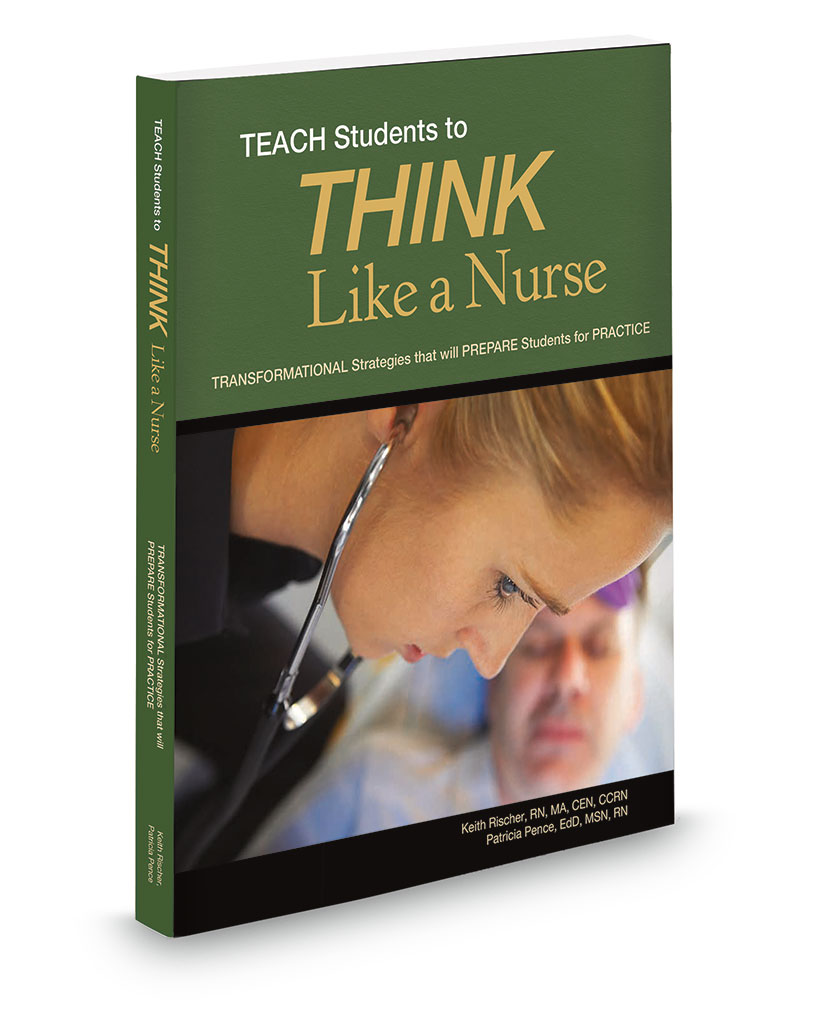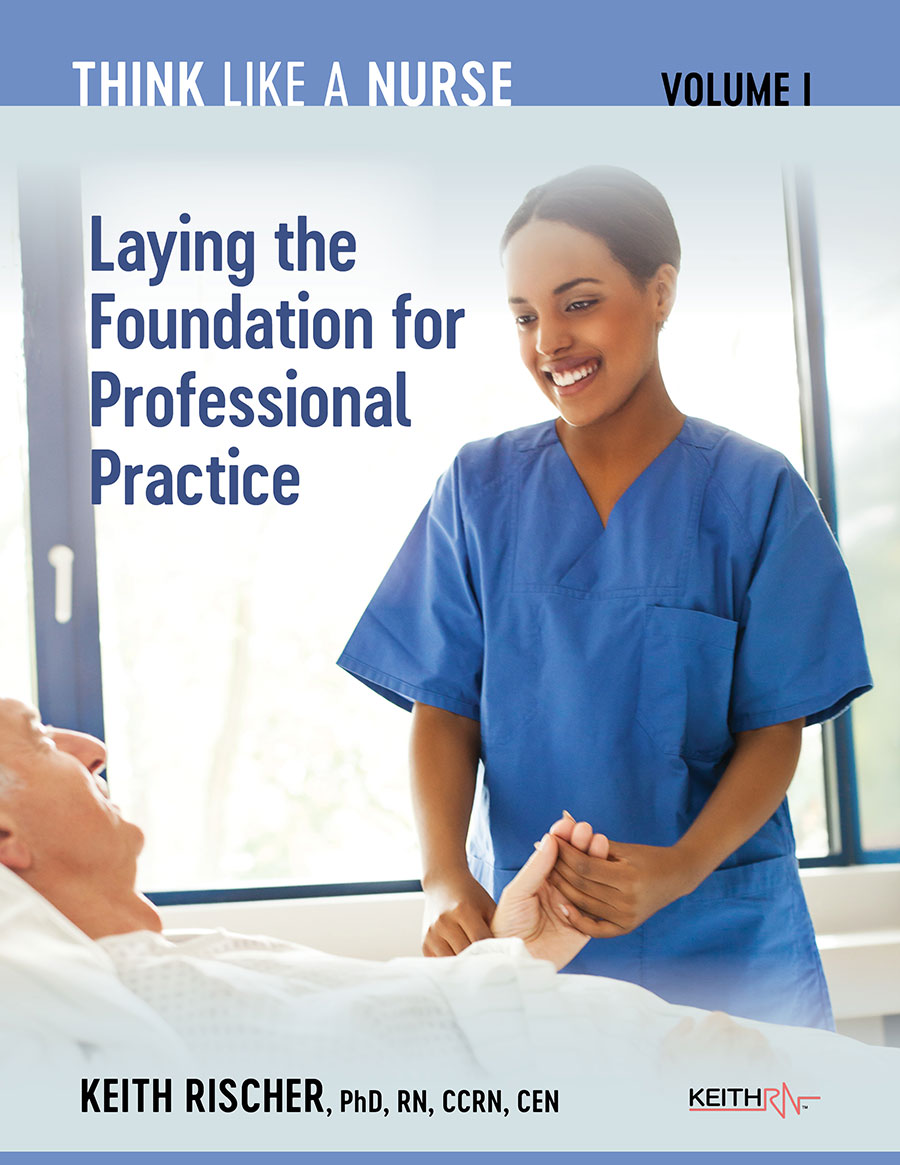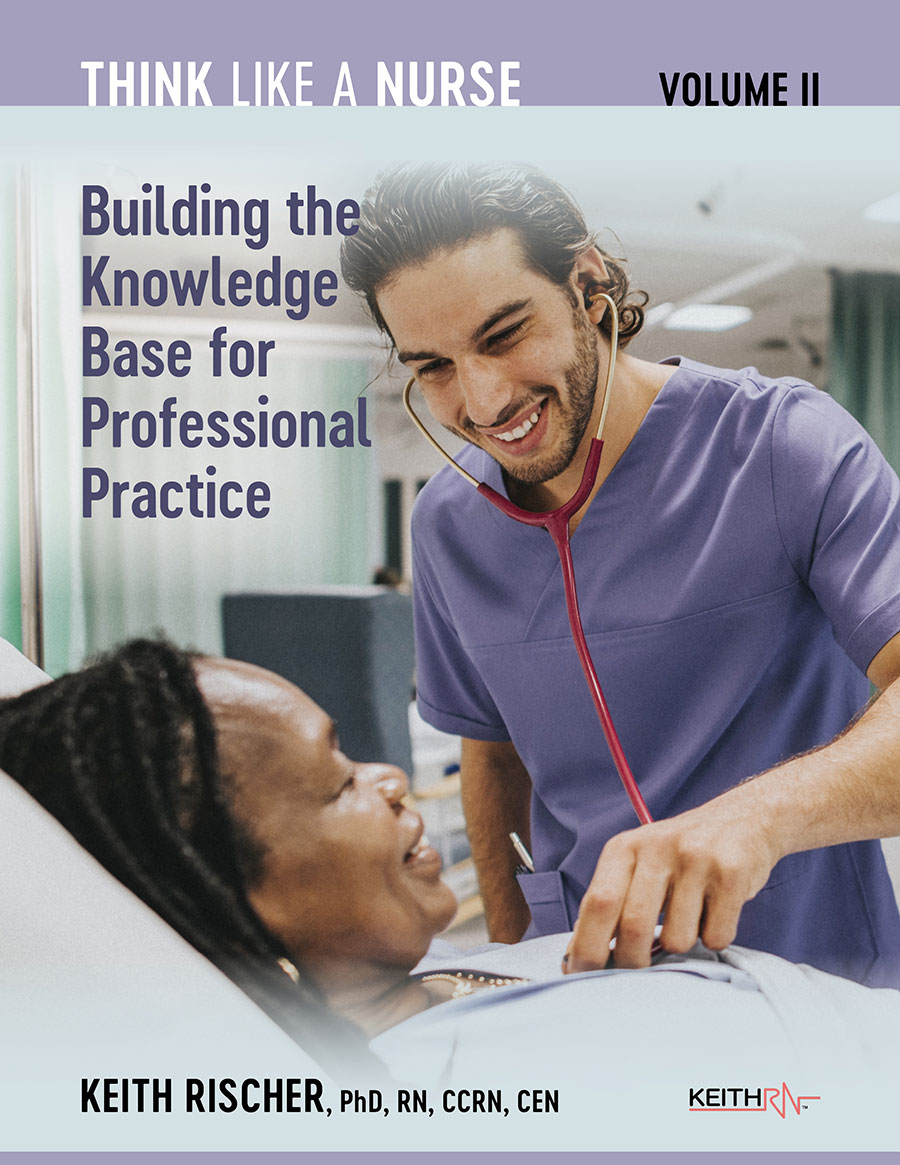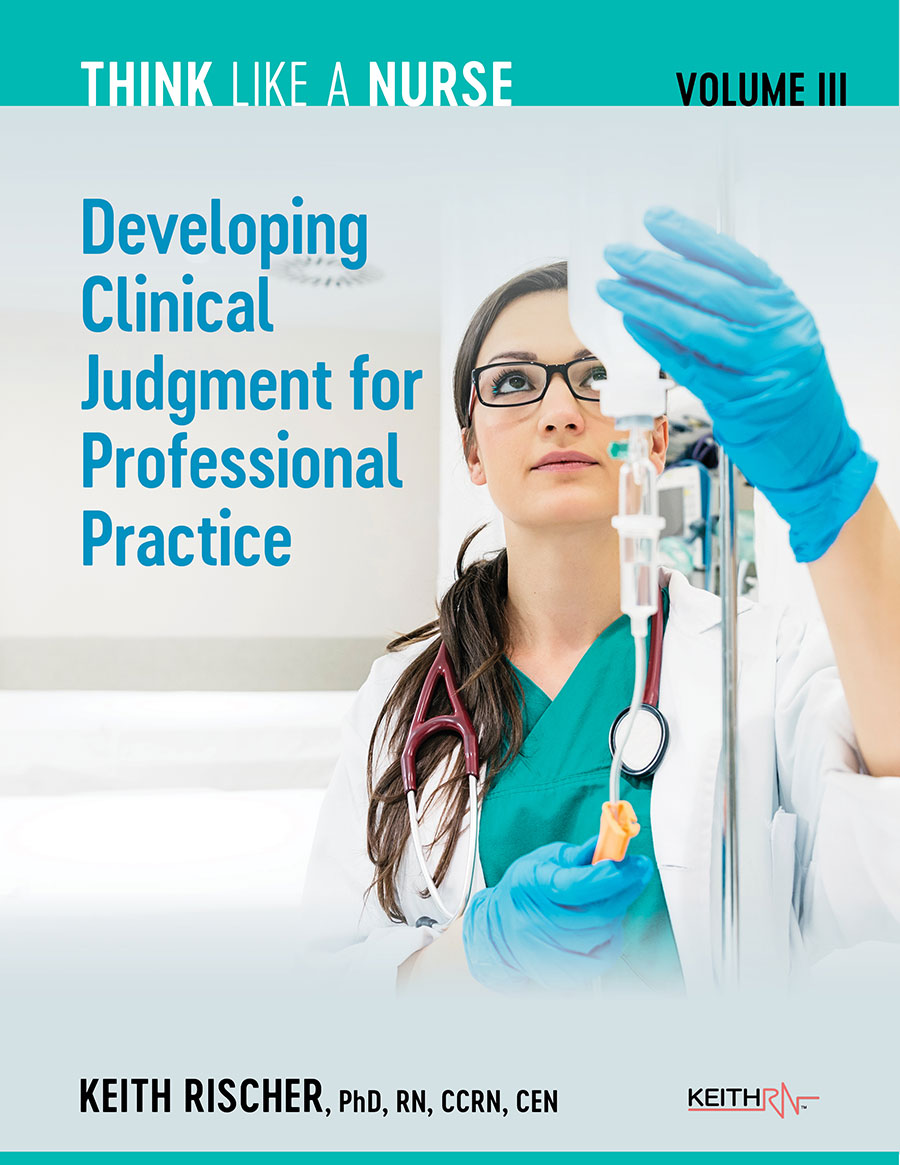KeithRN Store
Resources that Develop Clinical Judgment
KeithRN Clinical Reasoning Case Studies
Prepare students for NextGen NCLEX and professional practice with innovative case studies that engage students in active learning to develop and practice clinical judgment skills.

Think Like a Nurse Membership
Get unlimited access to all KeithRN faculty teaching and student learning resources including more than 100 KeithRN Clinical Reasoning Case Study topics.
Bridging Teaching and Practice: Essentials for Clinical Nurse Educators
This innovative 13 CE course equips new and experienced clinical nurse educators with evidence-based strategies, practical tools, and professional guidance essential to successfully transition from experienced nurse to confident clinical educator.

Teach Students to Think Like a Nurse
Learn practical strategies that integrate educational best practices so students develop clinical judgment. Also empowers new educators to successfully transition to academic practice.

Think Like a Nurse Textbooks
Three textbooks, with content that moves from basic to advanced, prepare students and new nurses to successfully transition to practice.
Laying the Foundation for Professional Practice
Best suited for fundamental students.
Describes the essential attitudes and practical strategies necessary to thrive as a student and grow into the role of a professional nurse.
Building the Knowledge Base for Professional Practice
Best suited for first-year students.
Emphasizes the practical use of the applied sciences of pathophysiology, pharmacology and how lab values relate to fluid and electrolyte balance.
Developing Clinical Judgment for Professional Practice
Best suited for Capstone and nurse residency programs.
Shows how using knowledge and clinical reasoning skills lead to making accurate judgments when providing patient care.
KeithRN for Good
Together, KeithRN and nurse educators are creating a safer world for women and children. We are proud to partner with Venture, a nonprofit providing anti-trafficking and women empowerment programs. A portion of your purchase directly supports their life-changing work.




